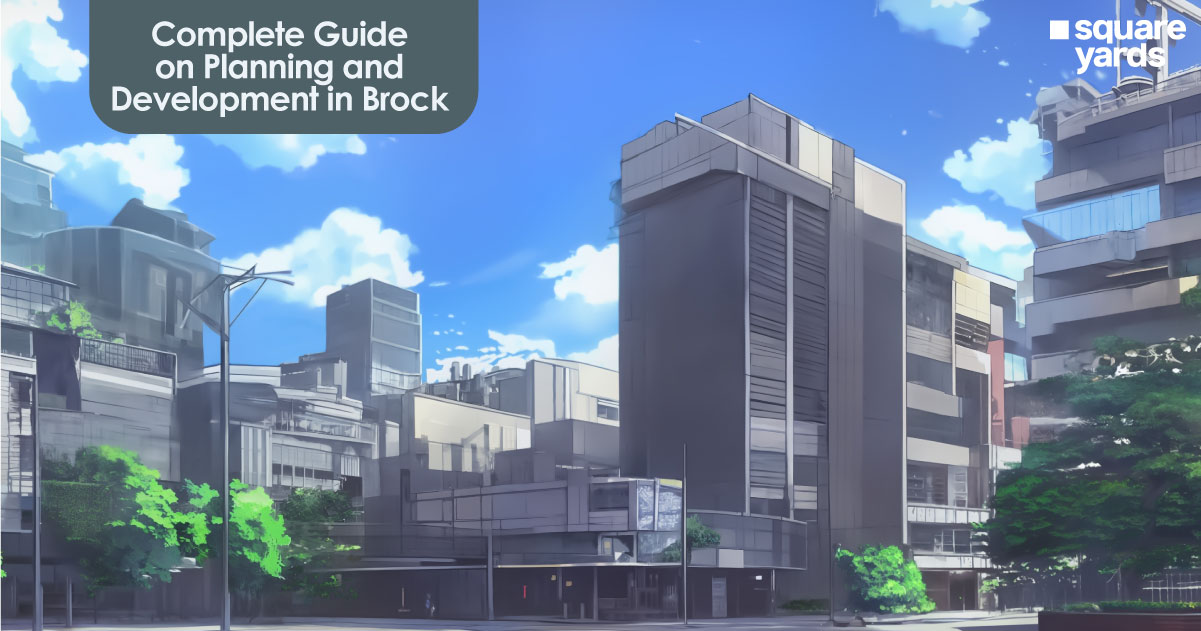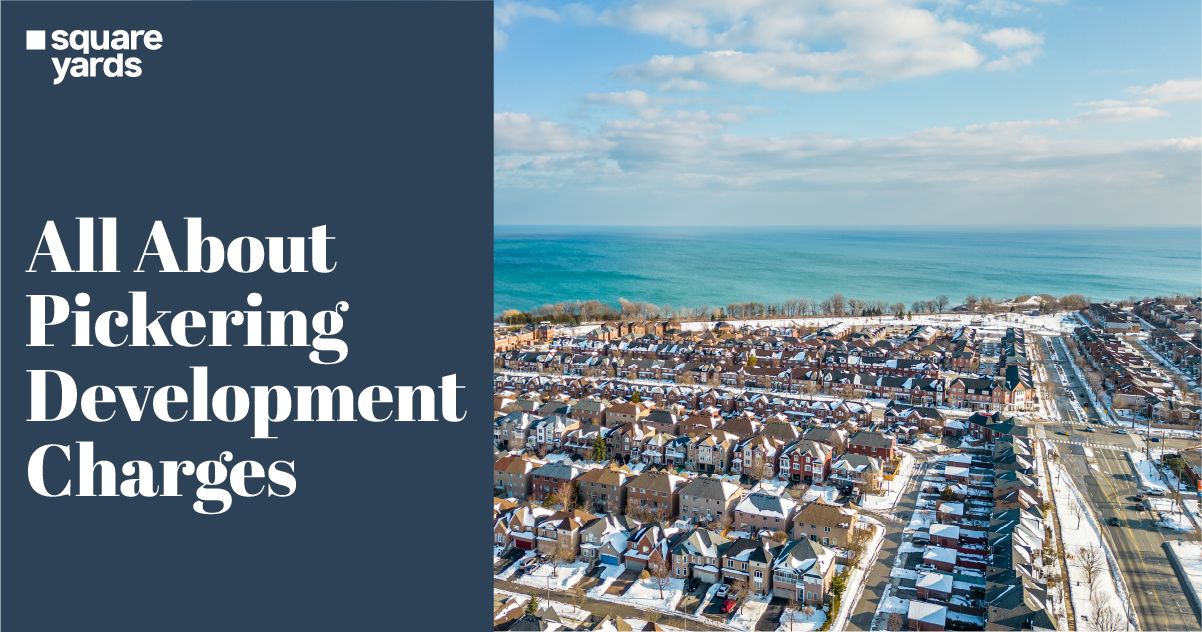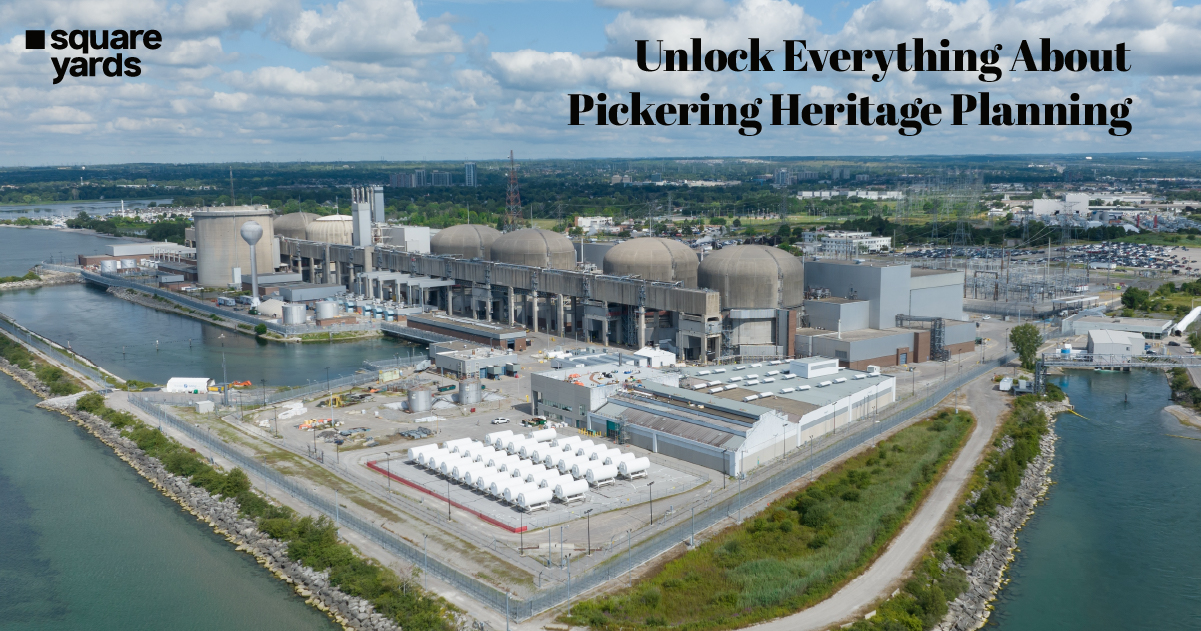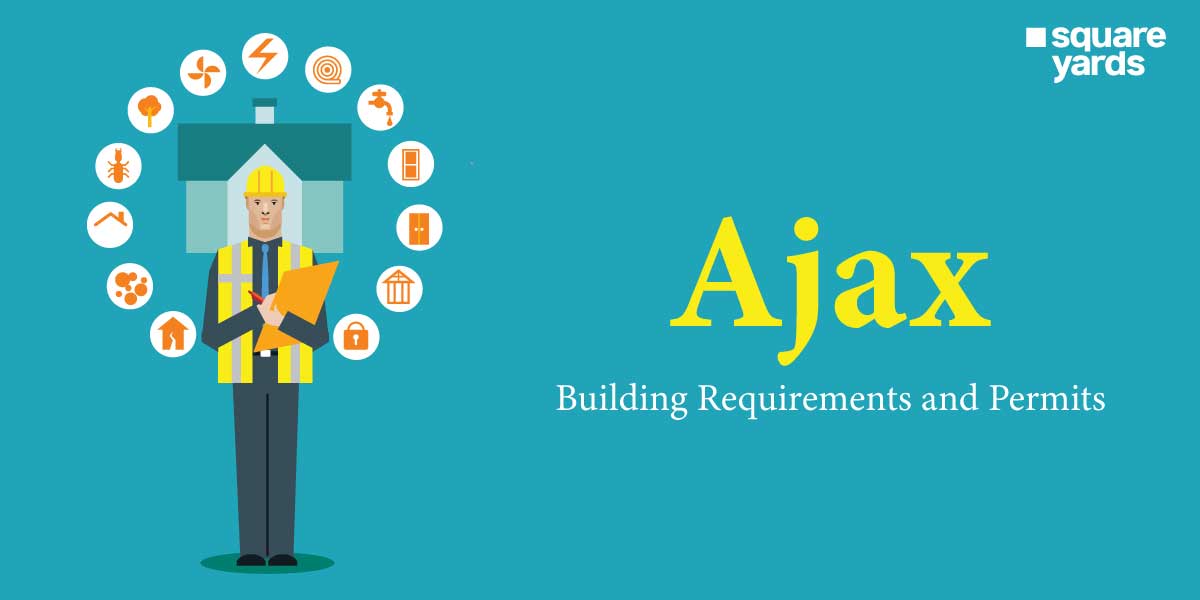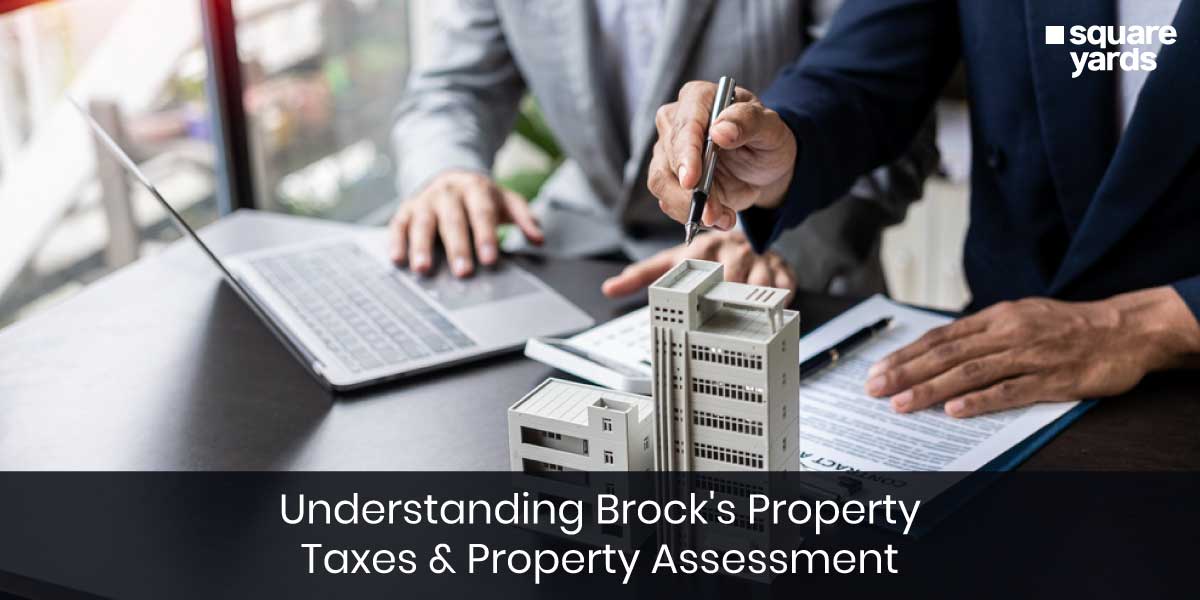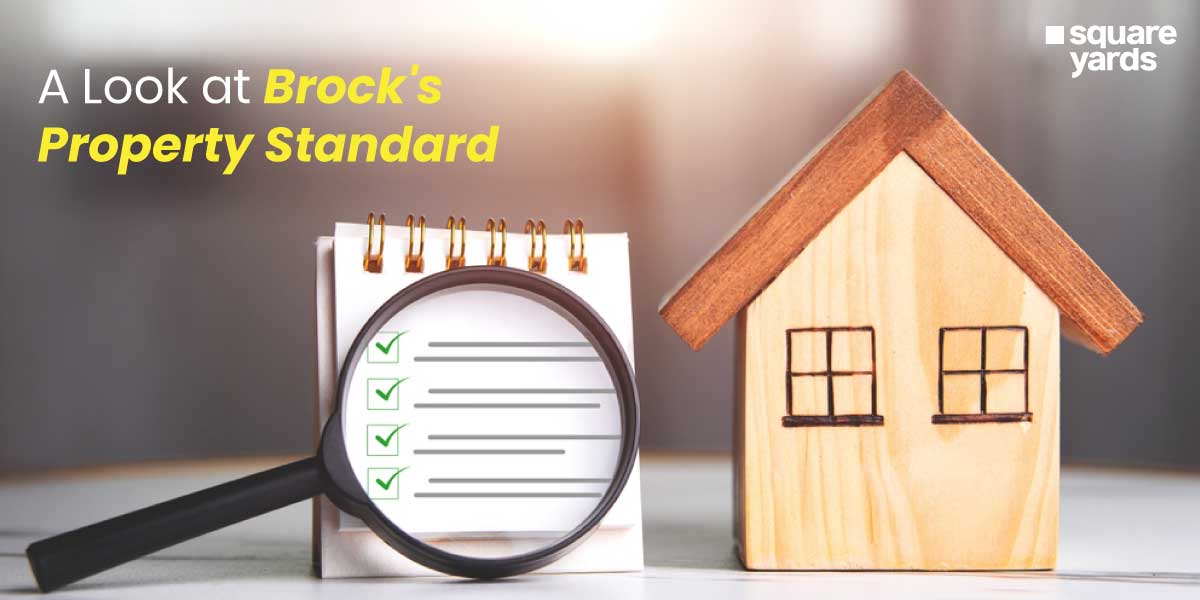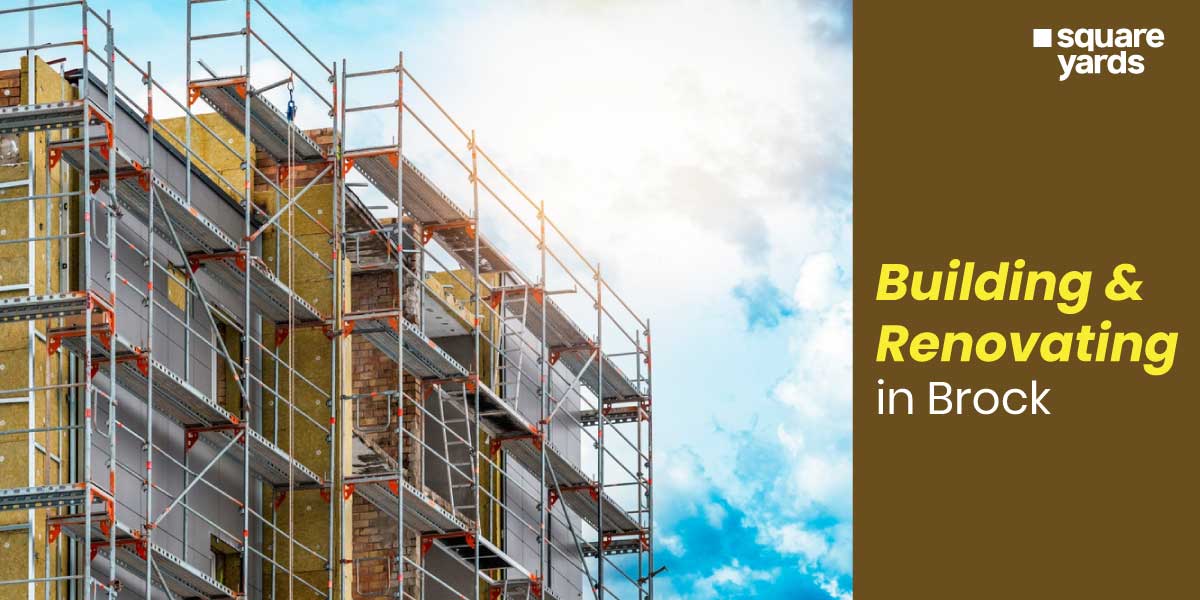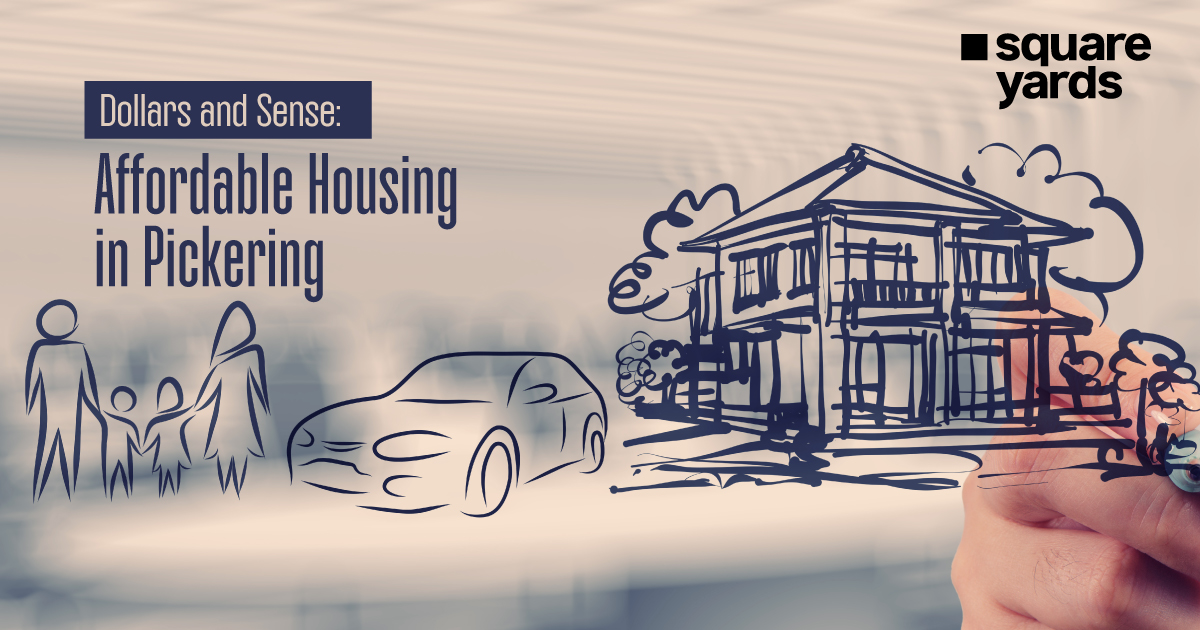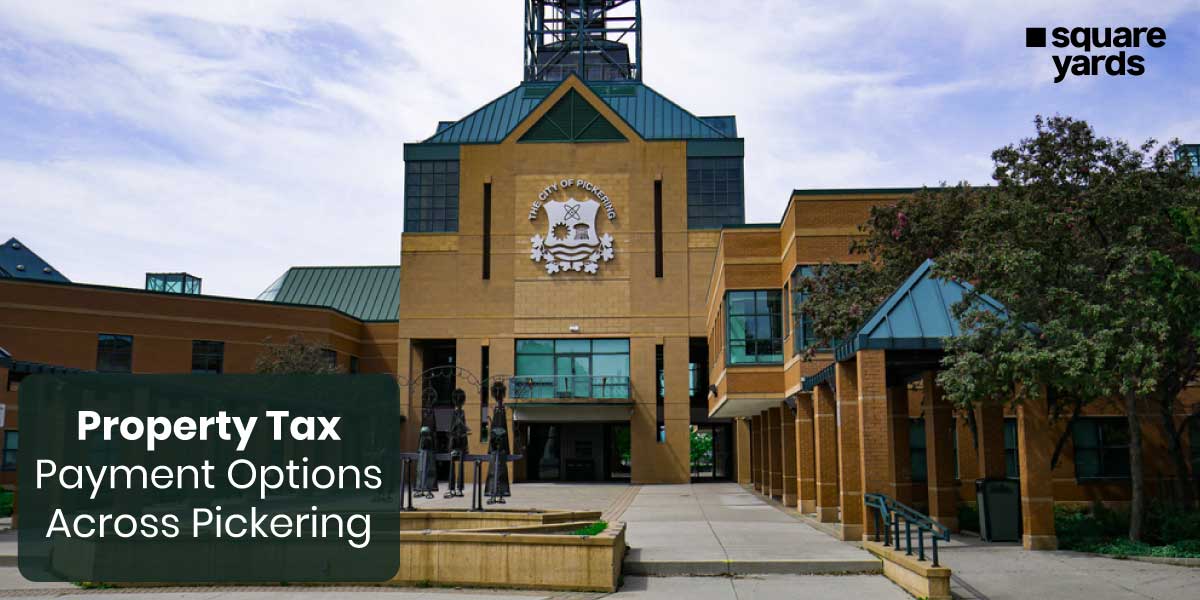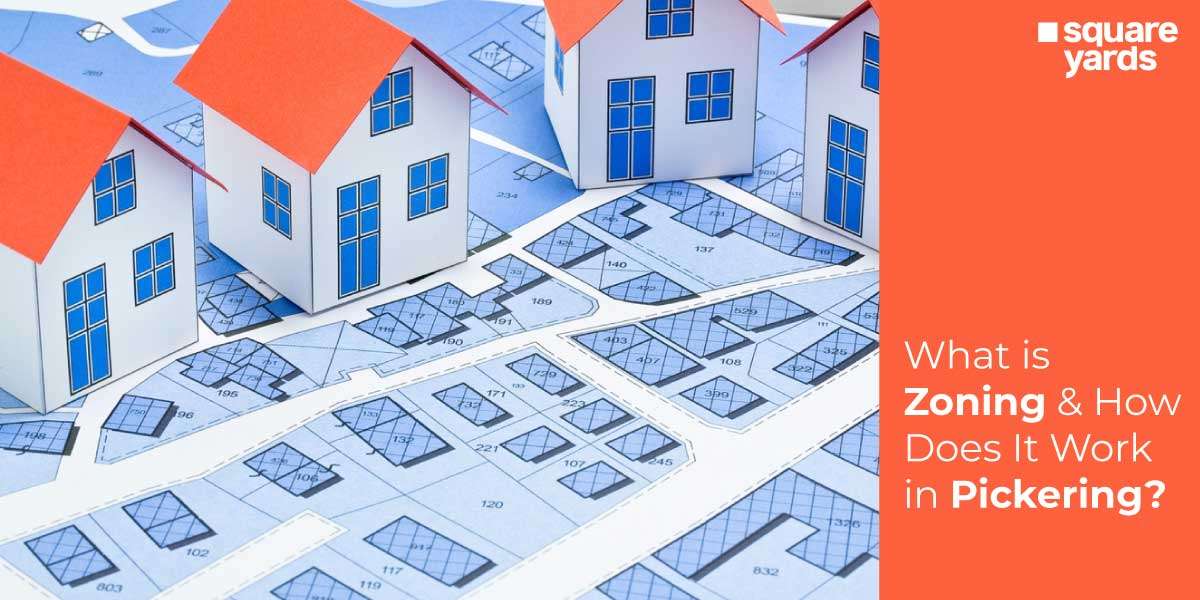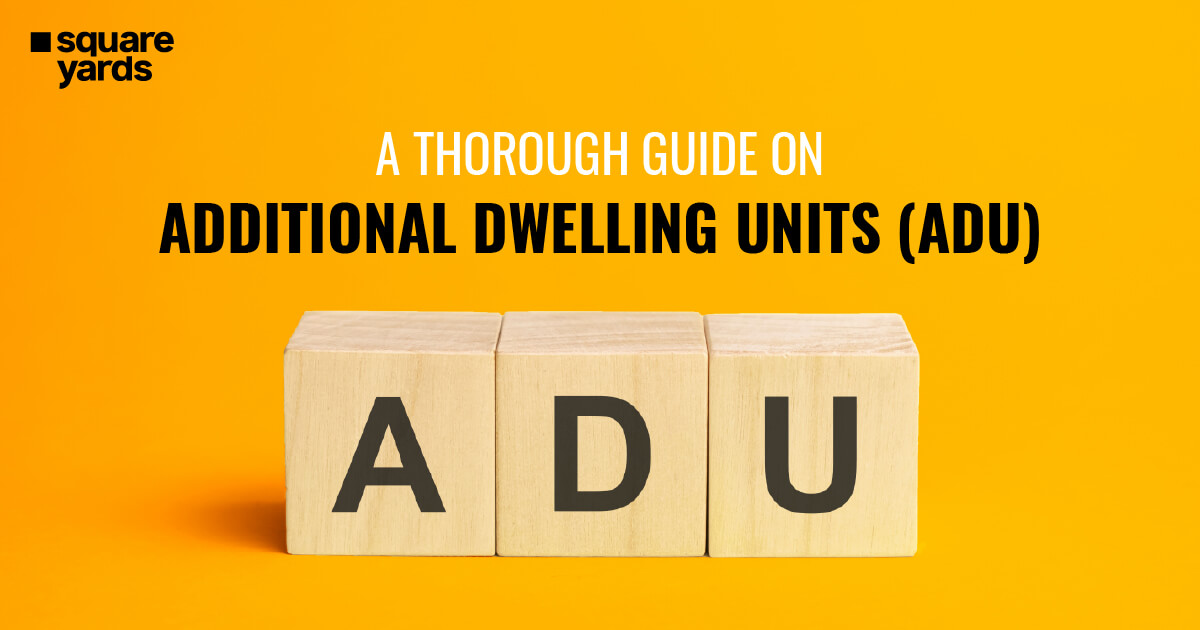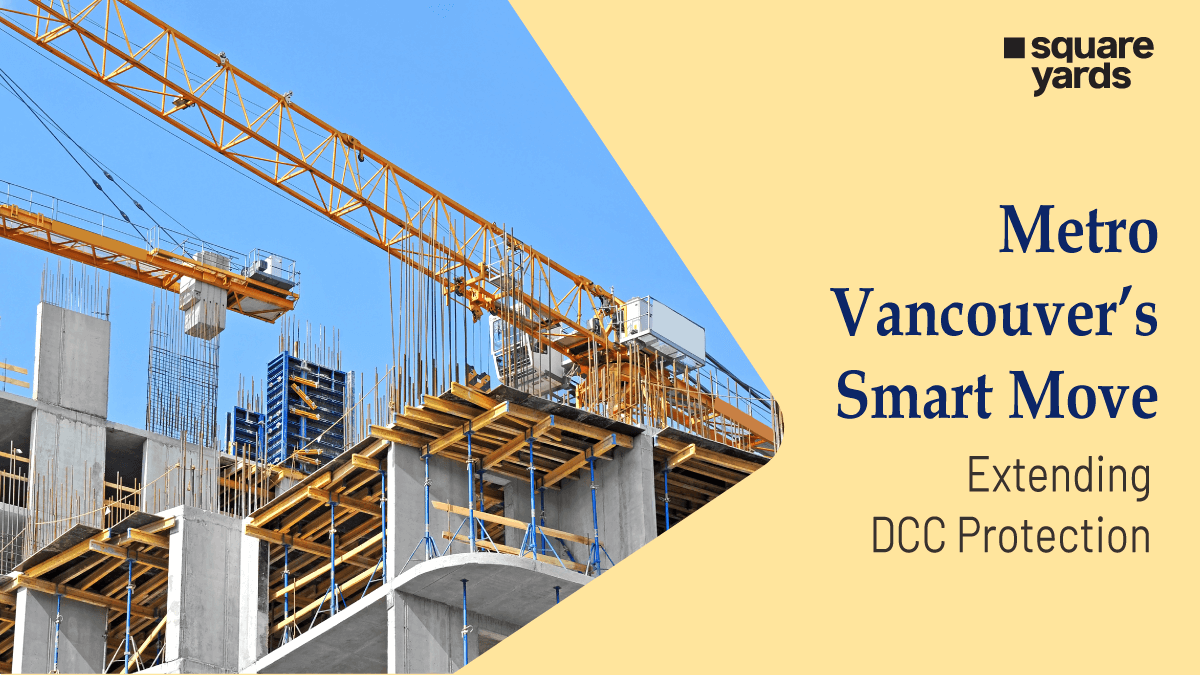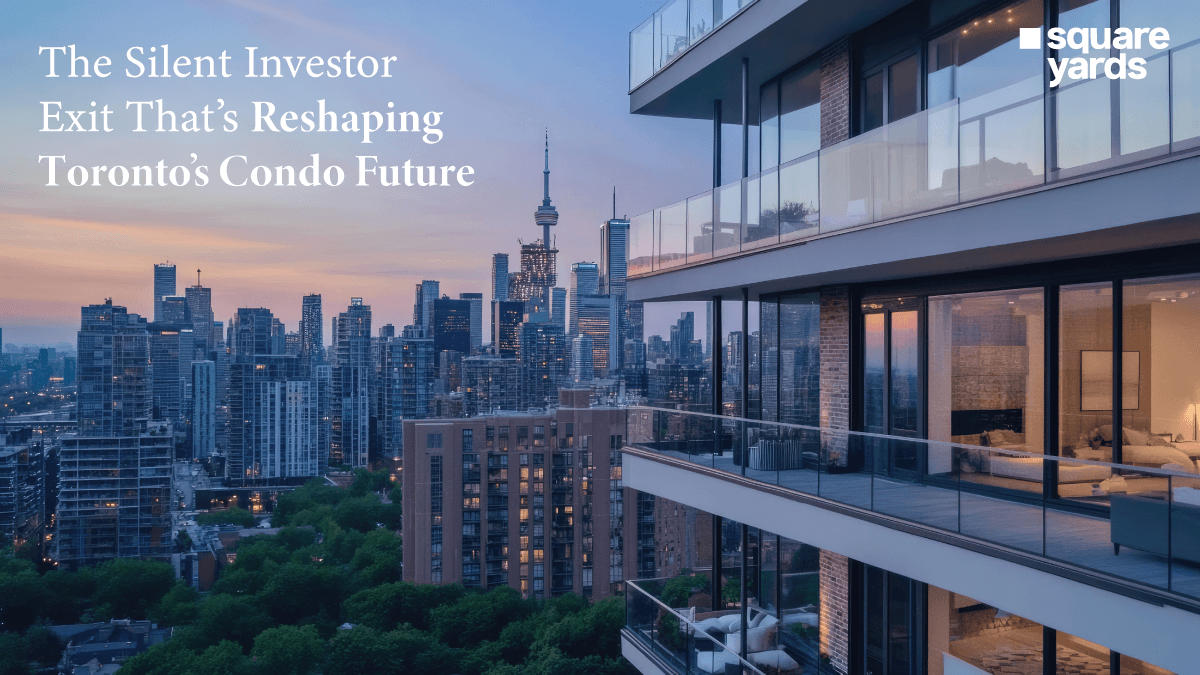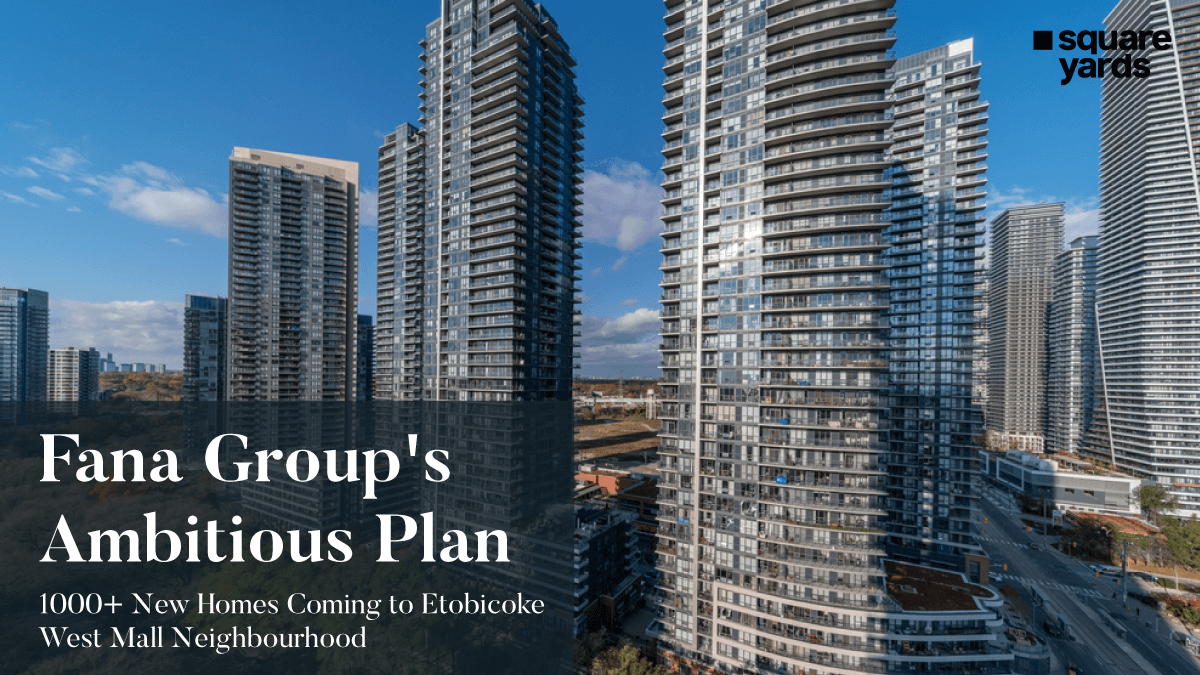Pickering as a city is on the verge of a projected surge of population to above 150,000 by 2036. At the threshold of a new era, the cities are not to be left behind on this road to progress. Pickering development plan echoes, ‘Build Smart. Build Safe.’ Because it isn’t just about bricks and mortar, it is about community, collaboration, and a shared vision for a city that everyone can be proud to call home.
At the heart of Pickering's new developments is the Building Services Department. This includes managing the application process, reviewing plans for new construction, and conducting inspections to ensure the safety and compliance of building and plumbing systems. Now, as the city embraces urbanisation and welcomes new opportunities, the importance of strategic planning and smart development practices is more important than ever.
Pickering Development Plan Stages
To streamline the Pickering development process and ensure a meticulous review of development proposals, the City of Pickering has implemented a three-stage approach. The journey begins with a Pre-Consultation stage, where proponents engage in a preliminary meeting and receive a comprehensive list of required items for their pre-submission proposal. This is followed by Stage 2: Pre-Submission, where a technical review of the proposal takes place.
Upon successful completion, proponents receive an endorsement to proceed to the final stage, Stage 3: Application & Decision, marking the final leg of this carefully structured process. This approach ensures transparency, efficiency, and adherence to high standards as Pickering paves the way for a future.
The Pre-Consultation Phase
The pre-consultation process in Pickering new developments is about having a healthy friendly chat with the Pickering staff before submitting certain proposals. It is essential that before you dive completely into making your development dreams a reality it is best to first consult and make sure you know the right steps.
Various proposals might need to be looked over first. These can include things like changes to official plans, adjustments to the Zoning By-Laws, plans for Subdivisions or Condominiums and more. Basically, if your project falls under Site Plan Control, or if your idea falls into any of these categories, this step is for you!
It is mandatory to have a chat with the Pickering staff before you officially submit your plans. It's like a "heads-up" meeting to make sure everyone is on the same page and that you've got everything you need for a smooth process. The process is fairly simple, you fill out a form to request a meeting with the City Development Department. They'll then gather the right people, including any other agencies that might have a say in your project. Together, they'll provide you with a checklist of all the plans and studies you need to include when you officially submit your proposal.
It's a bit like preparing for a big trip – you want to make sure you have all the necessary documents and know the route you're taking. So, before you take that exciting step of submitting your plans, take a moment to consult with the Pickering staff. It's a small yet crucial step that can save you a lot of hassle down the road.
Refining the Applications: Pre-Submission Phase
You've had your initial chat with Pickering staff, and now it's time for the next step: Pre-Submission. Here, you submit all your development applications for a technical review by both City Departments and external agencies. It's a detailed check to ensure everything fits together perfectly. You might need to add some extra details, like peer reviews. This stage is like a practice round - a chance to improve your proposal based on feedback. Plus, public input is part of the process, making sure your plan not only makes technical sense but also works for the community.
An Amendment for the Official Plan
The ‘Pickering Official Plan’ is like the guiding playbook, implementing The Planning Act, Provincial plans, and the Durham Regional Official Plan. It lays out the rules for planning and development of land, transportation, and resource management, providing the roadmap for long-term growth and development in the city.
An Official Plan Amendment (OPA) comes into play if you want to change any of these. It's a formal request to change these specifics. If you, as a Proponent, have a vision for a property that doesn't align with what the Official Plan currently says, you need to apply for an OPA specific to your site.
Here's the drill: Official Plan Amendments are formally approved. The City Council is the key player here, but sometimes the Region of Durham also weighs in. It's like getting permission to tweak the game rules for your specific property.
In a nutshell, an Official Plan Amendment is your way of saying, "I've got a different play in mind for this property," and then working with the city to make sure everyone is on board with the change. It's all about keeping the game fair, making sure the rules fit the evolving needs and visions for Pickering's growth.
City’s Development Blueprint
These Zoning By-laws are like the detailed rulebook for the city's development, ensuring everything fits together seamlessly. The ‘Zoning By-law Amendment’ comes into play when you want to change the rules for a specific property. It's a formal request to tweak the zoning rules. If your vision for a site development plan doesn't quite match what the current Zoning By-law says, you apply for a ZBA.
There are six of these by-laws, each with a specific role:
- Zone Division: They divide the city into different zones.
- Use Specification: They specify what types of activities or buildings are allowed in each zone.
- Construction Guidelines: They direct how buildings should be constructed, covering everything from setbacks to heights, coverage, and parking.
Now, any change you propose should not disrupt the other plans in action. And so just like with an Official Plan Amendment, the City Council holds the final call for Zoning By-law Amendments. They ensure your proposed changes align with the city's overall vision, keeping the game fair and balanced for everyone.
Subdividing A Given Property
If you have a big piece of land and you want to turn it into smaller pieces and change the site development plan, that’s where a ‘Plan of Subdivision’ comes in. This plan breaks down the land into smaller lots or blocks, like creating pieces of a puzzle.
Now, when you're doing this, there are some responsibilities to consider. You need to make sure everything is set for development. The plan is like a promise from the landowner to handle things responsibly. Usually, if you're making more than three lots, introducing new roads, or extending existing ones, this plan is a must. The approval for the plan comes from the Director of City Development who makes sure the plan fits with the city's vision for growth and development. It's like getting the thumbs-up to create a new piece of the city puzzle!
Creating Different Condominiums
The ‘Plan of Condominiums’ lets you create different types of ownership for multi-unit developments. The types can include Standard Condominium developments, Common Elements Condominiums, or Vacant Land Condominiums.
Now, if anyone wants to sell individual units in a multi-unit setup, they need to go through a specific process - which is the Plan of Condominium approval. The approval for these lands with the Director of City Development as well.
The Site Plan Control Panel
Almost all land in Pickering follows the ‘Site Plan Control’, excluding a few exceptions. It's a way for the City to review and give the thumbs-up to the nitty-gritty details of a property's development. We're talking about where buildings go, what they look like, parking spots, landscaping, and more – basically, making sure everything meets the city's, the region's, and other agency's requirements. You’re basically saying, "I promise to build and keep things the way we agreed.”
Final Submission: Application and Decision
The third stage of Pickering development plan goes to the submission of all these development applications that you’ve diligently completed.
A couple of things to note here though, First off, there might be some fees associated with the pre-submission and application processing. The fees help cover the costs of reviewing and processing your application.
If you're curious about the costs, there's a Schedule of Fees and Information Price List you can check out. And hey, if you want to see what other development applications are currently in the mix, there's a handy list you can explore. So, as you gear up for the application stage, make sure to check the fees, consult the price list, and maybe take a look at what your fellow developers are up to.
Beyond Basics: Additional Applications to Know
There could be some additional applications that you might need to go over as well. These supplementary forms might be the key to unlocking specific features tailored to your project.
Application for Minor Variances
If you wish to make a very small change to the zoning by-law property description then you will use the ‘Minor Variance Application’. The application lets landowners build or use their property differently than the zoning by-law states, as long as it aligns with the law's main idea. This gets the nod from a committee of public members chosen by the City Council.
Consent Applications for Land Changes
If you are looking to make changes to a property like create new lots or register an easement, you will need a ‘Consent Application’. The Committee of Adjustment handles approvals for creating new lots, while the Director of City Development & CBO approves technical consents. Remember, it's a good idea to consult with City Development staff before diving into the application process.
For Changes on a Heritage Site
If you wish to make a change to a site in Pickering development plan or property with historical significance then you will need a ‘Heritage Permit’. Especially if the property is designated under the Ontario Heritage Act. Listings on the Municipal Heritage Register, not designated, generally don't need one. Keep in mind, that different rules apply for properties in the Whitevale Heritage Conservation District (Part V) and individually designated properties (Part IV). To check your property's status and learn more about the Heritage Permit process, visit the Municipal Heritage Register or the Heritage Planning Page.
Crafting Pickering
As the city braces for a projected population surge, we see that community, collaboration, and a shared vision are at the forefront of the Pickering development ethos. The city's three-stage approach to development planning, starting with the Pre-Consultation stage, ensures a meticulous and transparent process.
In embracing this approach, Pickering stands as a testament to the idea that the planning and development of a city is not just a physical transformation; it is an opportunity to build a sense of belonging and pride among its residents. As the city unfolds its growth plans, it does so with a deep understanding that the heart of a community lies not just in its structures but in the collaborative spirit that defines its evolution.
You May Also Read:


